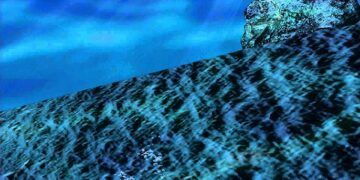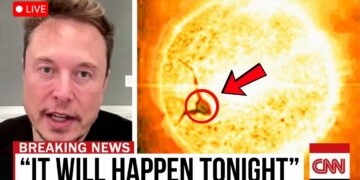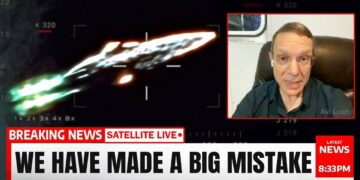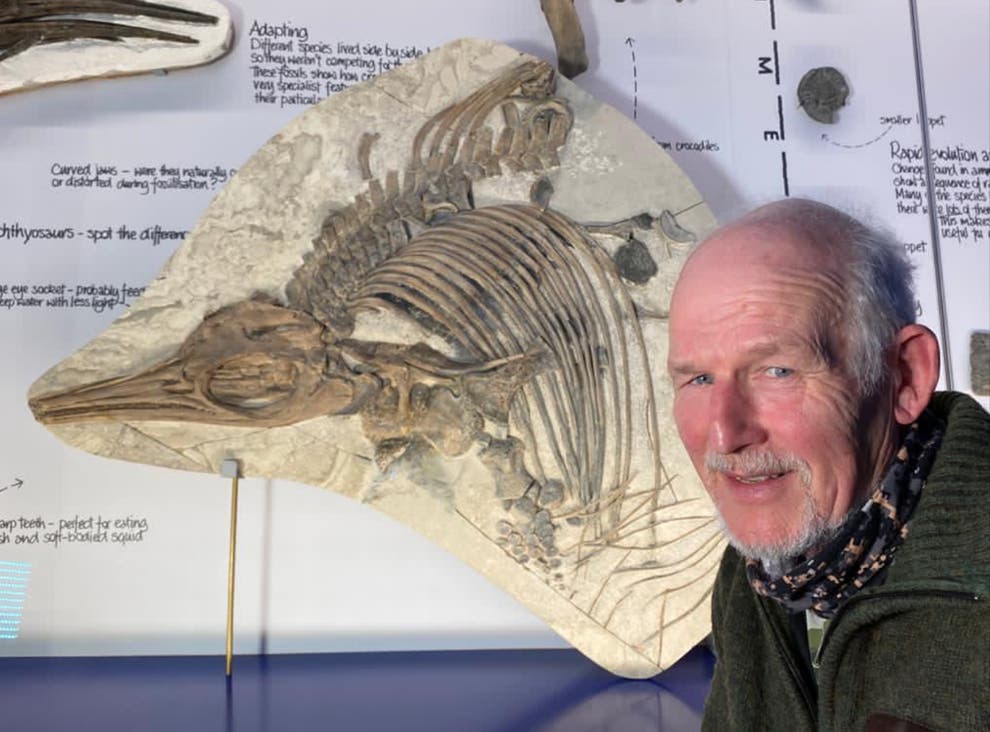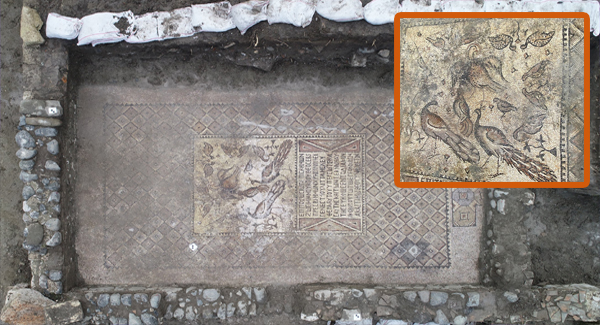Voyager 1: Has Humanity’s Farthest Probe Detected Something Extraordinary?
Voyager 1, humanity’s most distant spacecraft, is once again sending usable data to Earth after months of transmitting garbled signals. Launched in 1977, this relic of early space exploration, with less computing power than a modern microwave, drifts 14 billion miles from Earth—167.35 astronomical units as of February 2025. Its radio signals, traveling at light speed, take over 22 hours to reach us. But recent reports suggest something extraordinary: Voyager 1’s transmissions may contain structured mathematical patterns, raising questions about whether this 48-year-old probe is sending signals beyond its original programming.
The Voyager Mission: A Journey Beyond Expectations
Voyager 1 was launched on September 5, 1977, for a five-year mission to study Jupiter and Saturn. Defying all expectations, it has operated for over 48 years, becoming the first human-made object to cross the heliopause in August 2012 and enter interstellar space. As of February 2025, it is 15.6 billion miles from Earth, communicating via NASA’s Deep Space Network using a 23-watt transmitter—equivalent to a refrigerator light bulb. Its signals are so faint that they carry less energy than a bacterium uses to move.
Powered by a plutonium-238 radioisotope thermoelectric generator, Voyager 1 runs on a computer with just 68 kilobytes of memory, programmed in assembly code. It is expected to operate at least one science instrument until the 2030s. The spacecraft carries the Golden Record, a phonograph containing Earth’s sounds, images, and greetings in 55 languages—a message to any potential extraterrestrial finders.
Voyager 1 has faced communication challenges before. In May 2022, it sent corrupted telemetry due to a malfunctioning attitude control system, which was resolved by August 2022. In November 2023, a flight data system memory issue disrupted normal transmission, but NASA engineers restored operations by April 2024. Against this history, recent claims of unusual signal patterns have sparked intense debate.
Alleged Signal Anomalies: Mathematical Precision in Deep Space
Specialized communities report that Voyager 1’s recent transmissions contain structured patterns, including:
-
Prime number sequences: The first 10 prime numbers (2, 3, 5, 7, 11, 13, 17, 19, 23, 29) allegedly appear in what should be random signal variations.
-
Universal constants: Planck’s constant and the fine structure constant reportedly appear with precise alterations of approximately 0.0013%.
-
Three-dimensional spiral structures: When processed with quantum algorithms, the signals allegedly reveal Fibonacci sequences and golden ratio relationships—patterns common in nature but unexpected from a degrading spacecraft.
-
Digital signatures: The number 127, a prime foundational to computing (e.g., 127.0.0.1 as the localhost address), reportedly appears, suggesting embedded digital architecture.
These claims hinge on analysis using Microsoft’s Myerana 1 quantum processor, announced on February 19, 2025. Named after physicist Ettore Majorana, Myerana 1 uses a topological core architecture with 8 qubits, scalable to potentially a million. Its ability to process multiple probability states simultaneously is said to reveal patterns invisible to traditional computing. The timing is notable: the alleged anomalies emerged shortly after Myerana 1’s unveiling, prompting speculation that these patterns were always present but only detectable with quantum advancements.
Some sources claim independent analyses on different quantum platforms have replicated these findings. A reported 72-hour communications blackout, during which Earth sent no signals to Voyager, allegedly saw the patterns weaken, only to strengthen when communication resumed—behavior inconsistent with random glitches.
Skeptics vs. Proponents: A Debate Over Evidence
Critics argue these patterns are likely technical artifacts or misinterpretations of signal degradation, citing Voyager’s history of resolvable communication issues. NASA has not officially acknowledged any unusual patterns, stating that Voyager 1 is functioning normally and returning scientific data from its four operational instruments. Without peer-reviewed studies, skeptics dismiss the claims as speculative.
Proponents, however, insist the mathematical precision of these patterns defies conventional explanations. They argue that quantum computing’s unique capabilities have uncovered structures that traditional analysis missed. The debate centers on verification: extraordinary claims require extraordinary evidence, and the scientific community would demand independent confirmation through multiple instruments and peer-reviewed publication.
Theories Behind the Patterns
Several theories attempt to explain the alleged anomalies:
-
Technical Glitch: The patterns could be artifacts of aging hardware or quantum analysis misinterpreting noise, consistent with Voyager’s past issues.
-
Interception and Modification: An advanced entity could be capturing and altering Voyager’s weak signal to embed mathematical patterns, though this raises energy questions, as the signal’s power hasn’t increased.
-
Dormant Code Activation: A 2024 NASA patch to bypass degraded memory might have activated undocumented capabilities from Voyager’s Cold War-era launch, though its 68-kilobyte memory makes this unlikely.
-
Interstellar Phenomenon: Voyager could be passing through an unknown region of interstellar space with properties that naturally impose mathematical patterns on its signals, suggesting new physics rather than intelligence.
Implications for Science and Society
If verified, these signals could mark a pivotal moment in human history. The Search for Extraterrestrial Intelligence (SETI) has protocols requiring multiple confirmations before declaring a signal credible. Quantum computing, exemplified by Myerana 1, could revolutionize signal analysis, potentially transforming SETI’s methods.
Beyond science, confirmed signals would raise security concerns. Defense agencies have protocols for extraterrestrial contact, including data security reviews and international coordination. Philosophically, evidence of non-human intelligence would challenge humanity’s self-perception, religious doctrines, and geopolitical divisions.
Voyager’s Legacy: A Cosmic Message
Regardless of the anomalies’ validity, Voyager 1 remains a testament to human ingenuity. Built with 1970s technology, it has outlasted its five-year mission to become our farthest emissary. Its Golden Record, curated by Carl Sagan, carries humanity’s essence into the cosmos. As Sagan said, launching this “message in a bottle” reflects hope for life on Earth.
Voyager’s plutonium power will fade by the 2030s, and its signal will eventually go silent. Yet the spacecraft will drift indefinitely, potentially outlasting Earth itself. In billions of years, when our sun expands, Voyager 1 will carry our music, voices, and languages among the stars—a kind of immortality for humanity’s idea.
The Greater Quest Continues
Whether Voyager’s signals contain mathematical patterns remains unverified, but the questions they raise demand consideration. Are we alone? How would we recognize a response? What would it mean for our future? The cosmos is vast, and our search is just beginning. Voyager 1, humanity’s silent traveler, continues to probe the unknown, reminding us of our drive to connect across the cosmic void.


